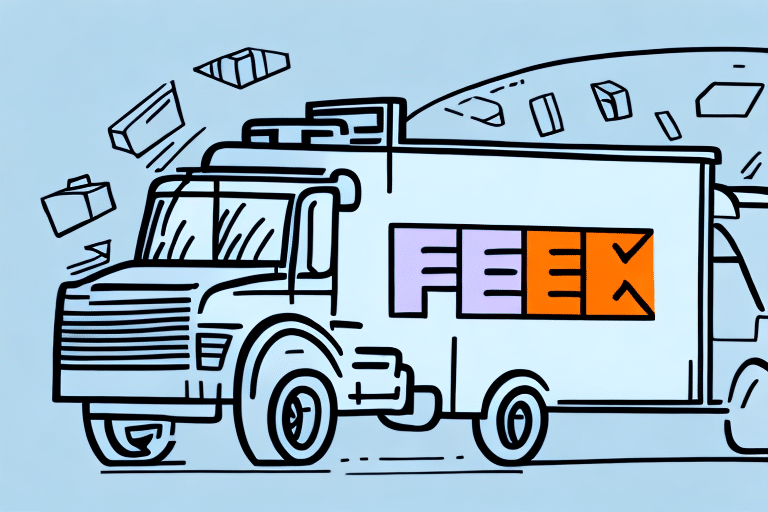Understanding the Emergency Situation Surcharge (ESS)
The Emergency Situation Surcharge (ESS) has gained prominence, especially in the aftermath of the COVID-19 pandemic. Businesses across various sectors have introduced this surcharge to mitigate the challenges posed by supply chain disruptions, elevated operational costs, and fluctuating demand. This article delves into the ESS, its mechanics, rationale, legality, and the broader implications for both businesses and consumers. We'll also provide actionable insights on how to navigate and address these surcharges effectively.
Defining the Emergency Situation Surcharge
What is the Emergency Situation Surcharge?
The ESS is an additional fee imposed on customers' bills or invoices during crises or emergencies that elevate the costs of providing goods or services. Traditionally applied during natural disasters like hurricanes and earthquakes, the ESS has become more prevalent in response to global events such as the COVID-19 pandemic.
This surcharge helps businesses offset unforeseen expenses, including increased transportation costs, higher prices for raw materials, and the implementation of enhanced safety measures. While some customers view the ESS skeptically, companies argue it's essential for maintaining operations during challenging times.
How Does the ESS Work?
When implementing an ESS, companies typically add a specified percentage or a fixed amount to the total bill. For instance, a 5% ESS on a $100 service would result in an additional $5 charge. This mechanism ensures that businesses can cover the extra costs without significantly altering their primary pricing structures.
The decision to impose an ESS is usually a strategic response to events beyond a company's control, such as political unrest or global pandemics. Importantly, the ESS is intended as a temporary measure, removed once the emergency abates and costs stabilize.
When is the ESS Applied?
The ESS is activated during significant disruptions that impact the cost of doing business. The COVID-19 pandemic serves as a recent example, where numerous industries faced unprecedented challenges, prompting the introduction of ESS to manage the financial strain.
Impact of Global Crises on the ESS
The Role of COVID-19 in ESS Implementation
The COVID-19 pandemic dramatically influenced the adoption of the ESS. Industries such as hospitality, transportation, and retail faced supply chain interruptions, increased sanitation costs, and shifts in consumer behavior. According to a Statista report, over 60% of businesses in affected sectors introduced some form of ESS to sustain operations.
Supply Chain Disruptions and ESS
Supply chain disruptions significantly contribute to the need for ESS. Increased shipping costs, delays, and scarcity of materials force companies to adjust their pricing models. For example, the surge in freight prices during the pandemic led many shipping companies to implement ESS to manage the heightened operational expenses.
International Crises and Future ESS Trends
Global crises, including political instability and environmental catastrophes, are likely to continue influencing ESS trends. Businesses may adopt this surcharge as a standard contingency approach to safeguard against future uncertainties.
Legal and Ethical Considerations of the ESS
Legality of the ESS
The legality of the ESS varies by jurisdiction and industry. Most regions have regulations to prevent price gouging during emergencies. For instance, the Federal Trade Commission (FTC) in the United States provides guidelines to ensure that ESS is not exploited for unfair profit.
Ethical Implications
From an ethical standpoint, transparency is crucial. Companies must clearly communicate the reasons for implementing the ESS and ensure the surcharge is proportionate to the additional costs incurred. Ethical business practices demand that ESS not be used as a means to exploit consumers during vulnerable times.
Surcharges vs. Price Gouging
It's essential to distinguish between ESS and price gouging. While ESS aims to cover legitimate increased costs, price gouging involves exorbitantly inflating prices to benefit unfairly from a crisis. Regulatory bodies monitor and enforce measures to prevent price gouging, ensuring ESS remains a fair practice.
Consumer Perspectives on the ESS
Customer Reactions and Feedback
Consumer responses to ESS are mixed. Some understand the necessity behind the surcharge, recognizing the financial strains businesses face during emergencies. However, others perceive it as an additional burden, especially when already managing unprecedented challenges.
A Pew Research study highlights that approximately 45% of consumers feel frustrated by unexpected ESS charges, emphasizing the need for transparent communication.
Evaluating the Worth of Paying ESS
The decision to accept ESS depends on individual circumstances and the perceived fairness of the surcharge. If the ESS is transparently justified and aligns with the actual additional costs, consumers may find it acceptable. However, it's crucial to compare prices and seek value to ensure fairness.
Negotiating or Disputing the ESS
If consumers believe an ESS is unjustified, they can take several steps:
- Contact the Company: Initiate a dialogue to understand the surcharge's rationale.
- Provide Evidence: Present data or information that challenges the necessity of the ESS.
- Escalate the Issue: If unresolved, involve consumer protection agencies or file formal complaints.
Business Strategies and Responses to the ESS
Implementing or Removing the ESS
Businesses have varied responses to crises concerning the ESS. For example, while some airlines introduced ESS to manage increased operational costs, others opted to waive change or cancellation fees to maintain customer loyalty.
A case study from CNBC illustrates how certain airlines adjusted their fee structures to adapt to the changing economic landscape.
Exploring Alternatives to the ESS
Instead of implementing ESS, companies might:
- Streamline Operations: Enhance efficiency to reduce costs.
- Diversify Revenue Streams: Explore new products or services.
- Optimize Supply Chains: Build more resilient and flexible supply chains.
The Future of the ESS Post-Pandemic
The long-term viability of ESS remains uncertain. Some industries may continue using ESS as a buffer against future crises, while others might adopt more sustainable pricing strategies. The emphasis is likely to shift towards proactive measures that minimize the need for surcharges through robust contingency planning.
Industry-Specific Handling of the ESS
Different sectors approach the ESS uniquely:
- Hospitality: Hotels may add ESS to cover increased sanitation costs.
- Transportation: Airlines and shipping companies might implement ESS to manage fluctuating fuel prices.
- Retail: Online retailers could introduce ESS to handle supply chain delays.
Case Studies: Implementing or Removing Surcharges
During the pandemic, while airlines like Delta introduced ESS to manage operational challenges, service industries like car rentals faced customer backlash and reevaluated their surcharge strategies. An analysis by Forbes highlights how consumer preferences influenced the reversal or adjustment of ESS in various sectors.
Calculating the Emergency Situation Surcharge
Understanding the Calculation
To determine the ESS on a bill:
- Identify the Base Amount: The original cost of goods or services.
- Determine the Surcharge Rate: This could be a percentage or a fixed amount.
- Apply the Surcharge: Multiply the base amount by the surcharge rate.
- Add Taxes: Include any applicable taxes to the total.
For example, a $200 service with a 5% ESS would incur an additional $10, totaling $210 before taxes.
Conclusion
The Emergency Situation Surcharge is a critical tool for businesses navigating the complexities of crises and emergencies. While it serves as a necessary means to sustain operations amid increased costs, its implementation must be balanced with ethical considerations and transparent communication. Consumers, on the other hand, should remain informed and proactive in understanding and addressing ESS to ensure fair transactions. As global challenges evolve, both businesses and consumers will need to adapt, fostering resilience and trust in an ever-changing economic landscape.




















